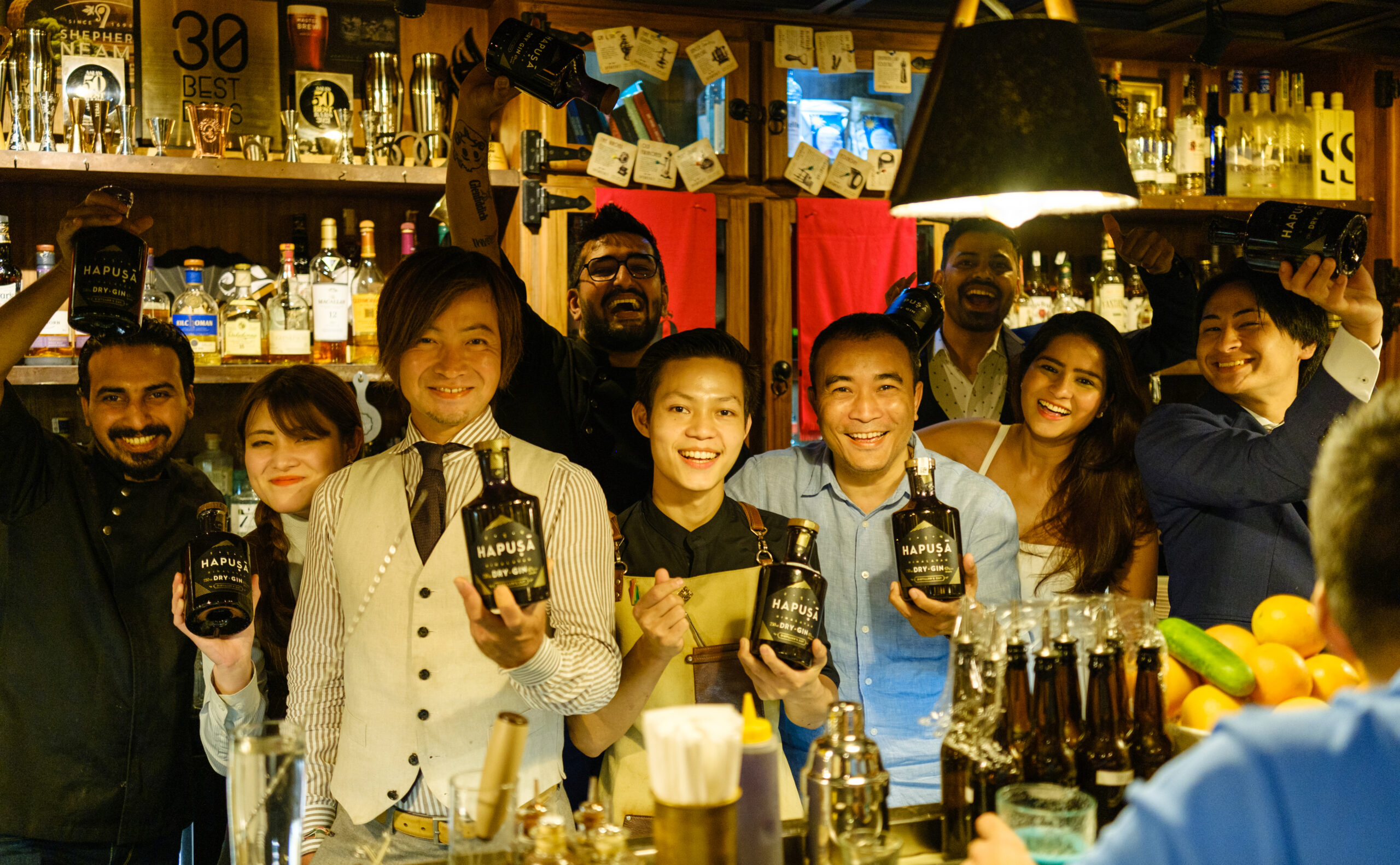Beyond large format, feisty community drinking fests, there is a small breed of canny connoisseurs who prefer the art of the aperitif and the flow of soul to be the star of the evening.
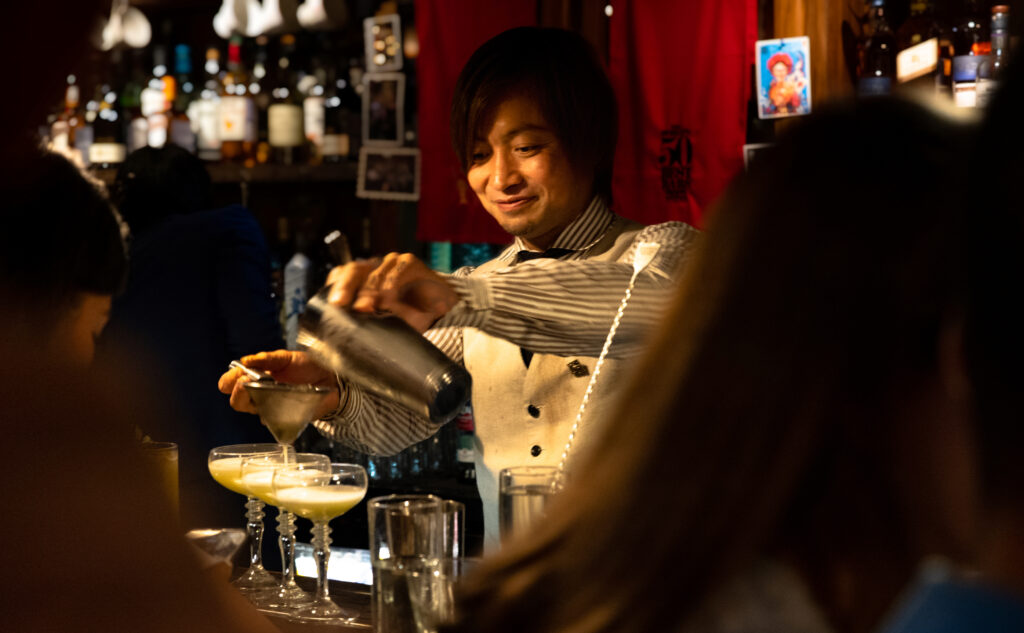
Hiroyasu Kayama is the founder of Asia’s highest rated Japanese bar, Bar Benfiddich. Yangdup Lama, the founder of Sidecar, enjoys a legendary status in the mixology world. Anand Virmani single-handedly sparked the gin revolution in India; more importantly crafted the first all-Indian, Himalayan- born gin, Hapusa. While Kayama san flew down from Tokyo, Virmani schlepped it from Goa, to complete the trio in the capital to offer a private tasting for select thirsty tipplers—no more than a dozen at a time—last month. The two things that tie these three together are their passion for local, indigenous ingredients, and the art of storytelling that complements their crafty creations. This mélange of talent, opportunity and craft has opened a window to reveal what’s bubbling under the layers of the mixology scene in India. This could potentially outline a way of drinking in the near future.
Reimagine, Recreate, Repeat…

Imagine this: Negroni, a classic gin-vermouth-amaro concoction that’s been relished for decades, is recreated and constructed with no ice and no citrus garnish. Instead, all its inveterate parts are floating atop each other in a cutting chai glass. Even the amaro is broken down into parts, separating all the botanicals that are distilled separately, from its sugar and colour. The red amaro syrup sits at the base, floated with homemade amaro distillate, upon which swims a layer of gin, and then a Japanese tea infused with a blue pea concoction, dressed with juniper oil, finished with a garnish of Japanese Juniper that Kayama san grows at his own farm in Tokyo. Reimagining a classic is neither easy nor simple. But Kayama san pushed the boundary, took a chance on a classic that people are usually extra-critical about anyway, and presented the redesign that shocked and awed; not just for its recreation, but partly for the taste, and partially for the spectacle of what we had witnessed. Something similar is already happening in India!!
Farm-to-Bar

Urban farming, farm-to-fork, hydroponics, back tracking the source of your Chilean Sea Bass, lamb racks, and lettuce is par for the course in most upscale restaurants. Translate that to the chatter of bubbles in your flutes and it’s a conversation worth having. Read: awareness of the provenance of the ingredients in your liqueurs, bitters, and spirits. However, the scene is rapidly changing now. India scored eight of 100 seats at Asia’s 50 Best Bars imbuing the local spirits industry with unprecedented confidence in our talents, techniques and most importantly, in our ingredients. Sidecar is India’s sole representative at the World’s 50 Best Bars list. Their Bhumi Farm, based out of Gurgaon, grow ingredients that make it to their bar and kitchen. Taking inspiration from the streets and bazaars of Delhi, Sidecar recently introduced their ‘Dear Delhi’ menu that plays on childhood memories, nostalgia, and presents Delhi’s most iconic places in a glass, featuring Roohafza, shakarkandi (sweet potato) and kamrak (starfruit), amla (gooseberry), and more. Yet again, it reiterated the idea of local ingredients making their way to global cocktails and tied to impeccable storytelling. That’s what makes Bar Benfiddich’s takeover of Sidecar, even if only for a select few evenings, significant. It amplifies the promise of accentuating local ingredients and presenting classics in a novel way.
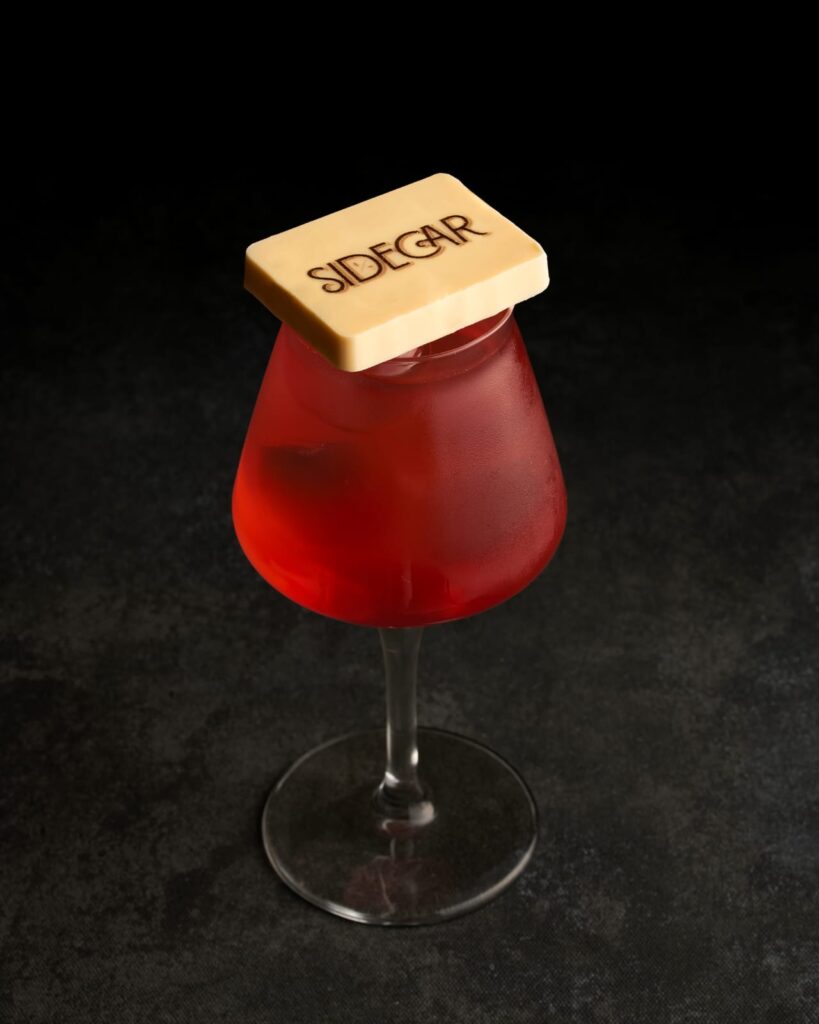
What Gives
Bar Benfiddich is a unique, almost radical speakeasy-style
bar that champions the idea of farm-to-bar cocktails, seats only 16, and is in equal parts experiential and theatrical, dotted with indigenous ingredients hanging on their lamps, vintage bottles dating back to the 18th century lined up like trophies on shelves, no menus to present, no windows to look out from, and the only music that plays is that of muddling botanicals, stirring cocktails on ice, crafty liquids being poured in coupes, and glasses clinking in revelry. An alchemist at soul and artist at work, Kayama san combines it all together with his penchant for Japanese mixology. It’s no wonder that Benfiddich enjoys the no five spot on Asia’s Best Bars. What Benfiddich does well is think outside the box, not just with ingredients but also the way drinks are constructed. A layered, no-stir Negroni that’s aromatic and floral rather than bitter and citrus is genius. Who would’ve thought?
Back to roots
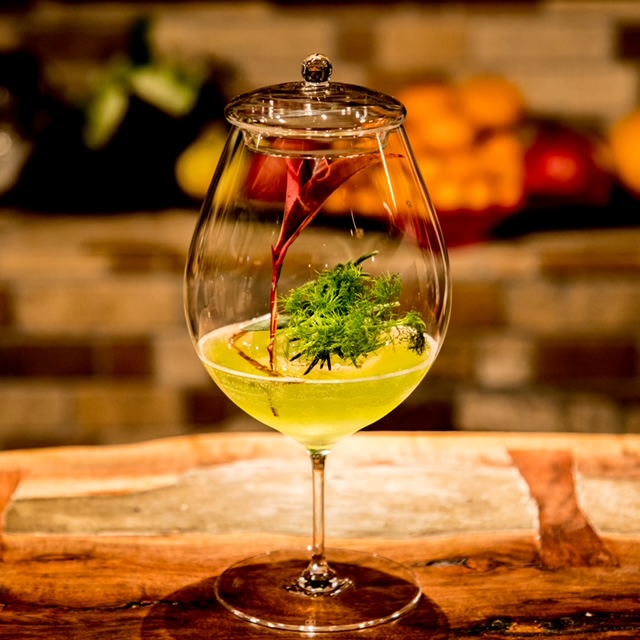
Kayama san’s family farm is 40km north of Tokyo, where he nurtures his love for the natural world, growing obscure plants, spices, fruits, and botanics to use them to make his rendition of gins, absinthes, bitters, and vermouths, that he then features in his reimagined cocktails. This idea finds fruition in his ‘no menu’ idea, allowing conversations to preside, with an easy ambience to share the journey of every ingredient and drink. Once the guest is seated, Kayama san takes over and discusses their mood, choice of base, flavours, and style of drink, based on which he concocts a recipe a-la- minute. He blends his self-cultivated, hand-picked botanicals with his ideally self-distilled spirits and liqueurs, and presents them. Not surprisingly, to ensure this detail of experience and maintain consistency, if Kamaya san is not around, Bar Benfiddich isn’t open for service.
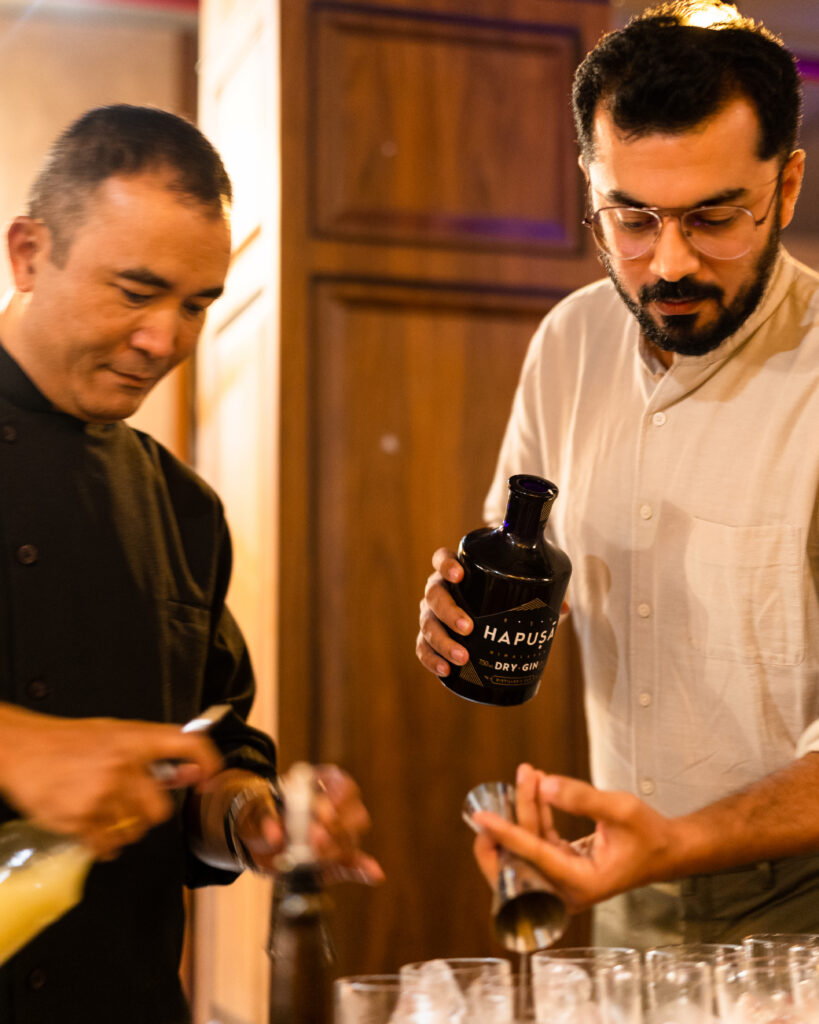
Bar Exchange—A New Way Of Learning
“Tokyo has a strong vintage bar culture, where bartenders are typically 40-50 years old. But Japanese mixology is changing, taking cues from the west. Westernisation has brought in a different flair to our techniques, hospitality, and to our drinks. These bar exchanges offer a great experience to learn, and introduce the learnings into our philosophy”, says Kamaya san. Yangdup Lama concurs: “The biggest advantage of these exchanges is connectivity. When we visit bars on an exchange we not only observe their local influences, but also understand their culture. We see how teams work together, run their bar, designs and flow, and how they function; these nuggets then trickle down to our teams back home”, he adds. Sidecar has possibly executed more takeovers and exchanges than any other in the city. But they’re not alone. Other Asia’s Best Bar listed Tesouro, Copitas, PCO, Home, and Mr. Hoots are adding to the list.
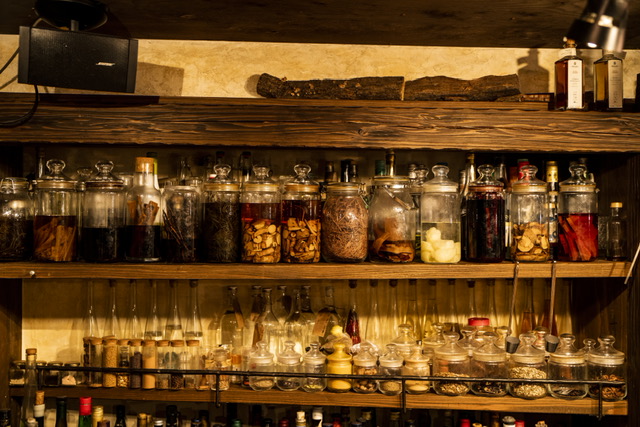
Takeaway
What Benfiddich’s independent, free-standing format allows is a private interaction between the guest and the bartender, bridging the gap between expectation and experience, and creating deeper interpersonal relationships. “I wanted control over the quality, which a small bar allows. I’m happy running a tiny business, it isn’t difficult”, adds Kyama san. A happy bartender makes happy drinks, isn’t it?
Where numerous big format gin festivals, cocktail events, and joyous takeovers are happening, Hapusa secretly hosts private introductions where Virmani and Lama showcase multiple facets of the gin through cocktails that celebrate lesser known Himalayan ingredients. For instance, there’s a Martini with Timbur—Indian Sichuan pepper, a highball drink with Rhododendron syrup and the uber-fiery cherry chillies from the mountains.
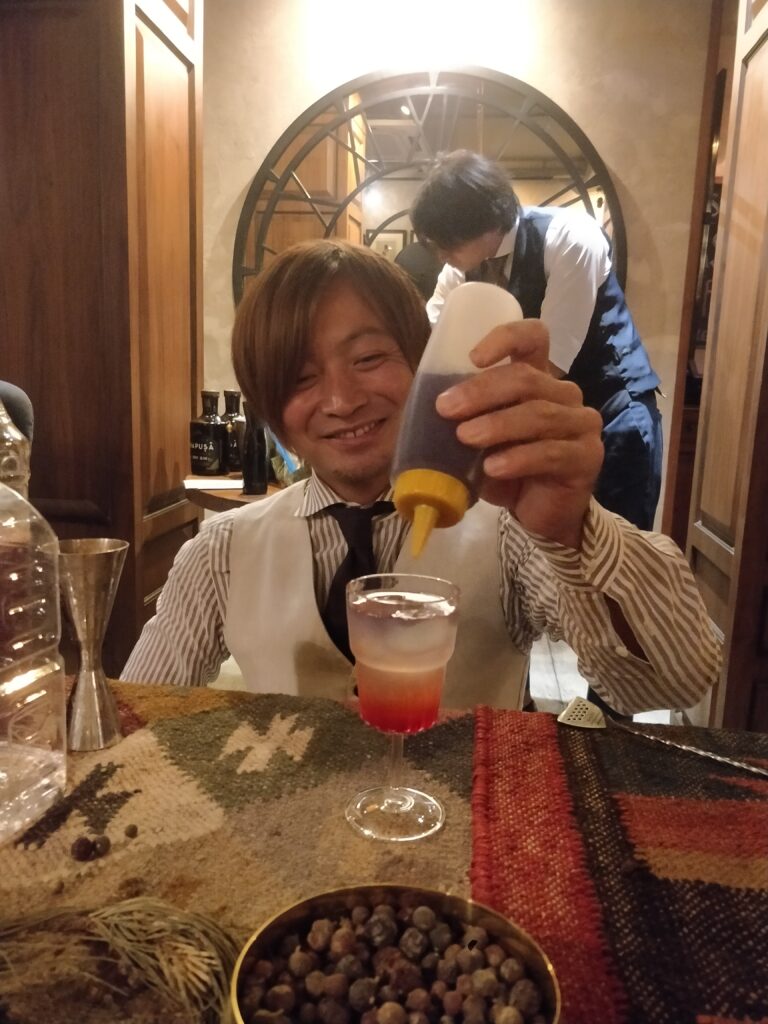
“When you travel in the hills, it’s easy to spot small wooden houses, heated with a Bukhari, where life revolves around the hearth. We took inspiration from there and created our private introductions where we created a sense of sharing and community and found that conversations and exchange flow naturally”, explains Virmani on what brought him to host such close-knit soirees instead. A focussed, elegantly presented, communal gathering highlights every tiny nuance of the drink and the art. Although there is a vibrant market for music-fest-meets-cocktails sort of events, there is a part of India that is steadily graduating toward small, spirited affairs. This could potentially offer another way of drinking in India in the near future.
First published on India Today Spice, October 2022

